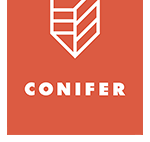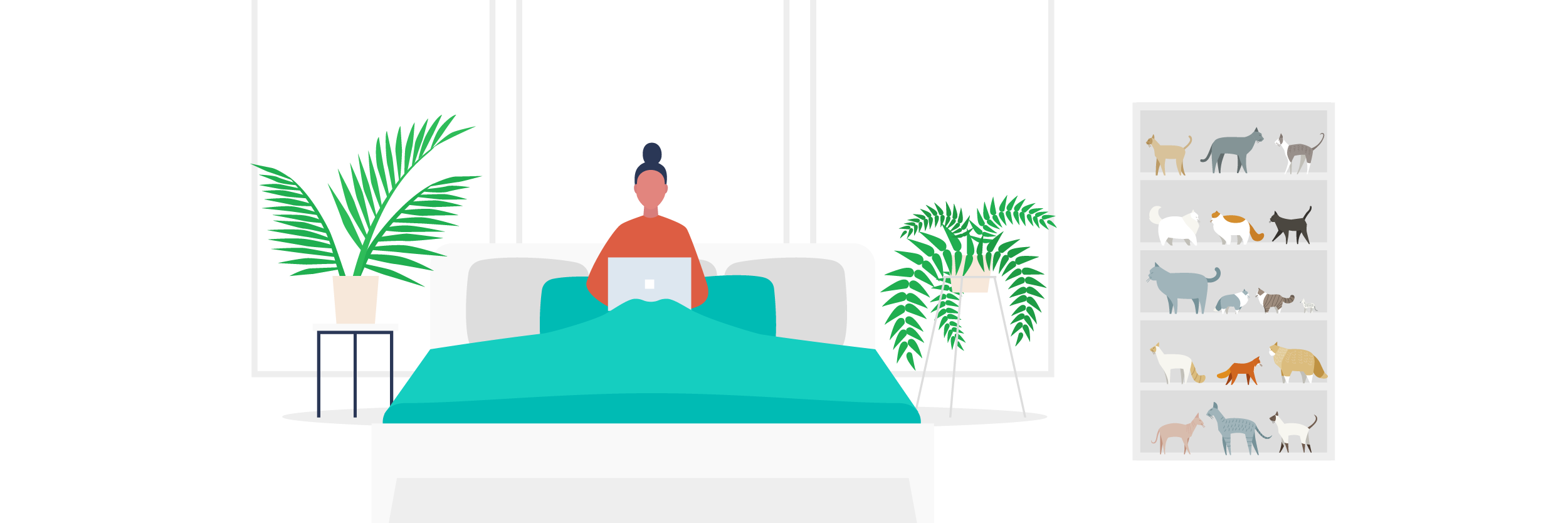
Ping Pong Tables and “Beer Fridays” Aren’t Enough: The Human Element in Employer Branding

Work has crept into every moment of daily life due to the pervasiveness of technology and the imperative to stay connected and engaged. Many companies are struggling with how best to re-engineer an engaging employee experience that meets new workplace expectations among both current and future employees. The secret sauce to work culture is generally acknowledged as fostering engagement, satisfaction, loyalty, and hard work.
So what’s different now? The shift in what is now considered a “workspace".
Employees have risen to the occasion and maintained — at times even improved — their productivity. Employers too have been experimenting with schedules, tools for collaboration and communication and new ways of organizing work activities. The challenge that has emerged is the redefinition of “work” that now transcends physical space in many, but not all, circumstances. The new flavors of work now include back-to-work as normal (with or without mandatory vaccination), hybrid work, remote work — and everything in between. In addition, the start-and-stop nature of the pandemic can make being an effective leader feel like walking on marbles while juggling the collection of porcelain cats you inherited from your aunt.
As anthropologists, it’s in our DNA to explore corporate and organizational cultures through ethnography. We see multiple facets — culture, space, language, beliefs, behaviors — work together to contribute to overall company success.

So, how can we cultivate culture if people don't return to the office — or if they return with a range of different expectations? Employees in all industries are looking for flexibility on where and when they work. This can be driven by many factors: child care, school closures, health concerns for the immunocompromised, personal work style preferences to manage focus/distractions and access to healthier meals. Even just simply, it can be driven by employees developing new boundaries or priorities about how things such as commute times impact their lives. Given the motivations for flexibility can be many, how can companies create an employer branding strategy that encourages people to want to work for them, both initially AND on a continuing basis, regardless of what is going on in the world? What does good leadership look like with different workplace expectations?
Reach People Where They Are — What is Employer Branding
Employer brand is the reputation of a company among its workforce: how the employees (current or prospective) perceive the company. Employer branding includes strong onboarding systems, learning and development opportunities, good leadership, and diversity and inclusion initiatives. This is how the company leverages the market to promote itself to people looking for jobs AND how the company leverages current, satisfied employees.
Investment in understanding a company’s reputation and employer brand from an employees’ perspective is no longer optional — if it ever was! The focus should be hearing from your employees, not just talking to them. This is often done through corporate/employee ethnographic research programs that provide safe spaces for open sharing and unbiased learning.
In order to facilitate the shift from brand focus to employee perspective focus, these questions need to be answered from a bottom-up viewpoint:
| What are people doing on a day-to-day basis, whether in-office, remote, or hybrid | |
|
How are they managing personal and team adaptations? What are their highlights and pain points? |
|
|
How is communication taking place? What are the (new) informal ways of sharing information? |
|
|
What new rituals (informal and formal) are developing? |
|
|
How are relationships formed and nurtured? |
|
|
How have touchpoints changed and/or adapted; which new touchpoints have emerged? |
|
|
What do people love about their work; where are the disconnects in their work? |
|
|
What does “flexibility” really mean from the employee’s perspective? |
Understanding the minute details of what employees are doing, how they’re doing it, and how they WANT to do it, in a non-judgemental manner, provides a foundation for creating an employer branding strategy that will work for the future.
Ping Pong Tables and “Beer Fridays” Aren’t Enough — Rethinking Effective Hallmarks of Culture
Companies that address these issues at a surface level will only get surface level results. Lasting organizational changes require a deep dive that aligns company values with employee values.
The old standards are not cutting it anymore. The "employee of the month" parking spot, occasional free meals and other office perks aren't worth their salt anymore — employees are seeing them for the cheap and shallow tricks that they are. Perks of the job have steered to be more practical, such as flexibility and autonomy. Simply having accolades for the best workspace is not the winning factor — employee satisfaction and engagement have become synonymous with employer branding and business growth. We’re on an irreversible course in need of a steering wheel to figure out how to move forward without losing the race or getting off track.
Just like with the products and services a company offers, a deep understanding is required of the values and ongoing behavioral changes that impact acceptance, adoption, and loyalty in the workplace — employer branding. Or in the case of a workforce — talent acquisition, onboarding, and retention.
To begin to rethink employer brand these questions need to be answered from a top-down viewpoint:
| What is the purpose people are working for? | |
| What is our goal in terms of quality of life at our workplace? | |
| What do we want people to say about what it's like to work at our company? | |
| How do we want our employees to feel about working for us? | |
| What was great about what we did before the pandemic and how did we execute it? | |
| Why did people stay with us? |
Don’t Guess — Get Real Facts with Corporate Ethnography
Adaptations and expectations will continue to change from the bottom-up just as they need to from the top-down. Understanding what employees are organically doing, saying, and feeling is not only something that will help companies jumpstart their new post-pandemic culture, but is required for employers that want to stay relevant.
It’s not enough to just answer these questions from the leadership perspective. ACTUAL data from REAL employees is necessary to control and positively change the work culture to ensure higher talent acquisition, lower hiring costs, and increase retention. But it’s also critical to acknowledge that you may not always get the most honest answers using an internal approach. This is where an unbiased research team of “outsiders” can help you get further faster.
You can read as much as you'd like about people, places and culture, but until ethnographic insights have been gathered, you won't have a full understanding of yours. Ethnographic methods engage the entire context — physical (or non-physical), social, cultural and emotional — to unpack how these aspects give people’s experiences meaning, value, depth, and feeling.
Ethnographic insights guide leadership with real data so organizations can transform their work culture and create an employer brand strategy which in turn attracts better talent and increases retention. Refining company branding is complex, but starting with a human-centered, employee forward approach will always be one of the best first steps.
Start the conversation on what a corporate ethnography
research program looks like for your brand.

